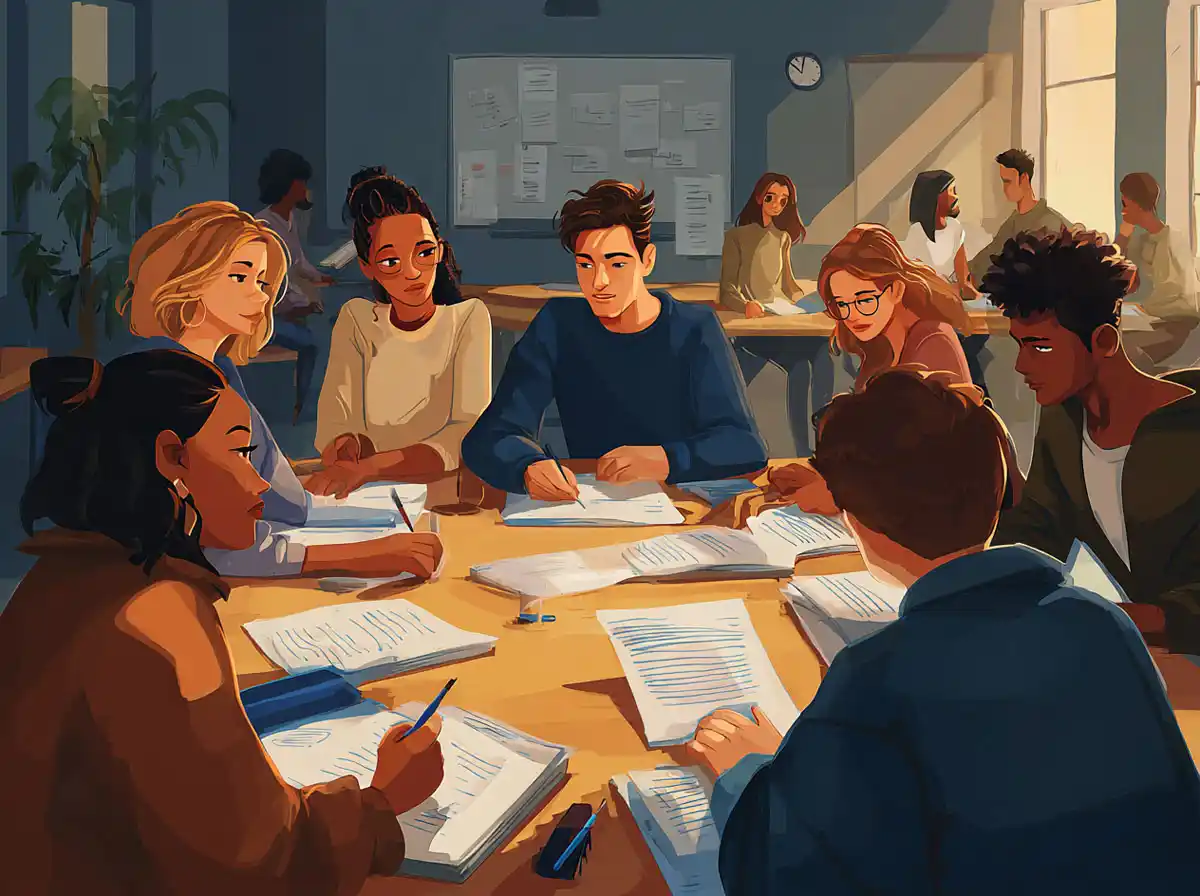Understanding Regional Humor in the Belarusian Language
Belarusian humor is deeply embedded in the everyday speech of its people, blending folklore, history, and social observations. Regional humorous expressions often arise from local customs, dialectal variations, and shared experiences, making them a fascinating subject of study for linguists and language enthusiasts alike.
The Role of Dialects and Regional Variations
Belarus has several dialects influenced by geographical, historical, and cultural factors. These dialects contribute to the formation of unique humorous expressions that may not be immediately understood outside their native region. Some of the most prominent dialectal areas include:
- North-Eastern Dialect: Spoken around Vitebsk, this dialect incorporates Russian and Lithuanian influences, resulting in some playful wordplays.
- South-Western Dialect: Common near Brest and Grodno, it shows Polish and Ukrainian influences, often reflected in humorous expressions.
- Central Belarusian Dialect: Considered the basis for the standard Belarusian language, it still retains unique idioms used humorously in everyday conversations.
These dialects shape the tone, vocabulary, and humor style in regional expressions, making each area’s humor distinctive.
Common Characteristics of Belarusian Humorous Expressions
Belarusian humorous expressions often share several traits:
- Wit and Wordplay: Puns, rhymes, and clever twists on words are frequent.
- Self-Deprecation: Belarusians often use humor to gently poke fun at themselves or local stereotypes.
- Folklore Influence: Many expressions are rooted in folk tales and traditional wisdom.
- Social Commentary: Humor is also a subtle way to critique social or political realities.
These features combine to create memorable and meaningful humorous expressions that resonate within communities.
Examples of Regional Humorous Expressions in Belarusian
Understanding examples from various regions provides insight into how humor varies and what it reveals about local culture.
North-Eastern Belarus: Vitebsk and Surroundings
In the Vitebsk region, humor often reflects a blend of Belarusian and Russian linguistic elements. Here are some classic examples:
- “Як у Віцебску — і сонца свiцяць па-расейску.” (In Vitebsk, even the sun shines in Russian.)
This expression humorously acknowledges the heavy Russian influence in the region. - “Пад Віцебскам нават муха размаўляе па-беларуску.” (Near Vitebsk, even a fly speaks Belarusian.)
Used ironically, it pokes fun at the limited use of Belarusian in certain areas.
These expressions illustrate how language dynamics become a source of lighthearted regional humor.
South-Western Belarus: Brest and Grodno Regions
The south-western areas, closer to Poland and Ukraine, have humorous expressions reflecting cultural mingling:
- “У Брэсту вецер дзьме, як у Польшчы, але хлеб смачней.” (In Brest, the wind blows like in Poland, but the bread tastes better.)
This saying humorously contrasts external influences with local pride. - “Гродна — горад, дзе нават жаба разумее польскую.” (Grodno is a city where even a frog understands Polish.)
A playful nod to the bilingual nature of the region.
The humor here often revolves around bilingualism and cultural identity.
Central Belarus: Minsk and Surrounding Areas
In the heart of Belarus, humor tends to be more standardized but still rich in idiomatic expressions:
- “Не ўсё тое золата, што блішчыць, але і ў Мінску ёсць сваё золата.” (Not all that glitters is gold, but Minsk has its own gold.)
A witty phrase about finding value in unexpected places. - “Калі хочаш быць шчаслівым, не спрабуй быць разумным.” (If you want to be happy, don’t try to be smart.)
A humorous take on the pitfalls of overthinking.
These expressions often contain universal wisdom wrapped in local flavor.
Why Learning Regional Humorous Expressions Matters
Humorous expressions are more than just entertainment; they are a gateway to understanding the soul of a language and its speakers.
Cultural Insight and Connection
– Regional humor offers clues about historical events, societal values, and local customs.
– It helps learners connect emotionally with native speakers, fostering deeper relationships.
– Recognizing humor enables better comprehension in conversations and media.
Improving Language Fluency
– Mastering idiomatic and humorous phrases enhances conversational skills.
– It boosts confidence in using language naturally and creatively.
– Learners can appreciate nuances in tone, sarcasm, and irony.
Practical Tips for Learning Belarusian Humor
- Engage with native speakers through language exchange apps like Talkpal.
- Watch Belarusian comedy shows, films, and listen to regional podcasts.
- Read Belarusian folklore and regional literature to understand cultural context.
- Practice using humorous expressions in conversations to build familiarity.
Conclusion: Embrace the Wit of Belarusian Regional Expressions
Regional humorous expressions in the Belarusian language provide a fascinating window into the diversity and spirit of Belarusian communities. By exploring these lively idioms and jokes, language learners can enrich their vocabulary and cultural knowledge, making their learning journey more enjoyable and authentic. Platforms like Talkpal make it easier than ever to immerse yourself in these expressions by connecting you with native speakers who can share the humor firsthand. Embrace the playful side of Belarusian and watch your language skills—and cultural understanding—flourish.










